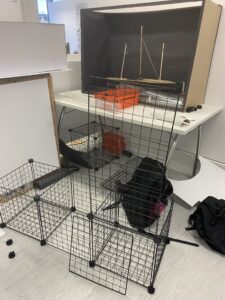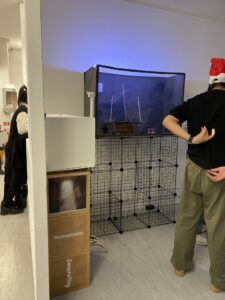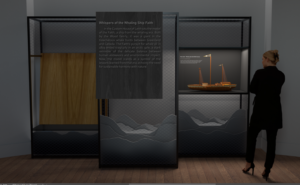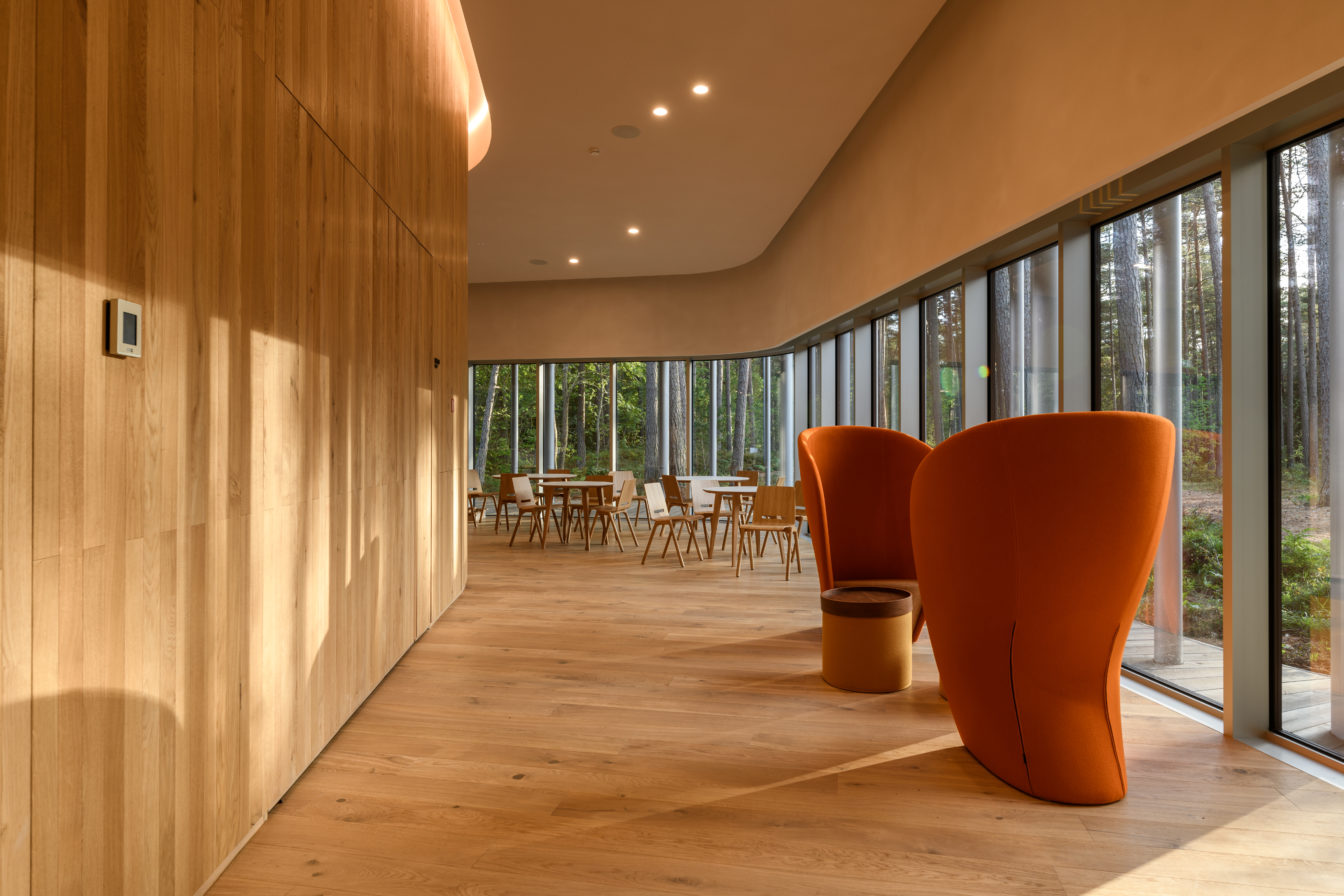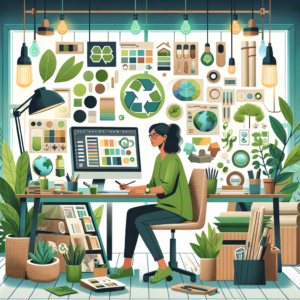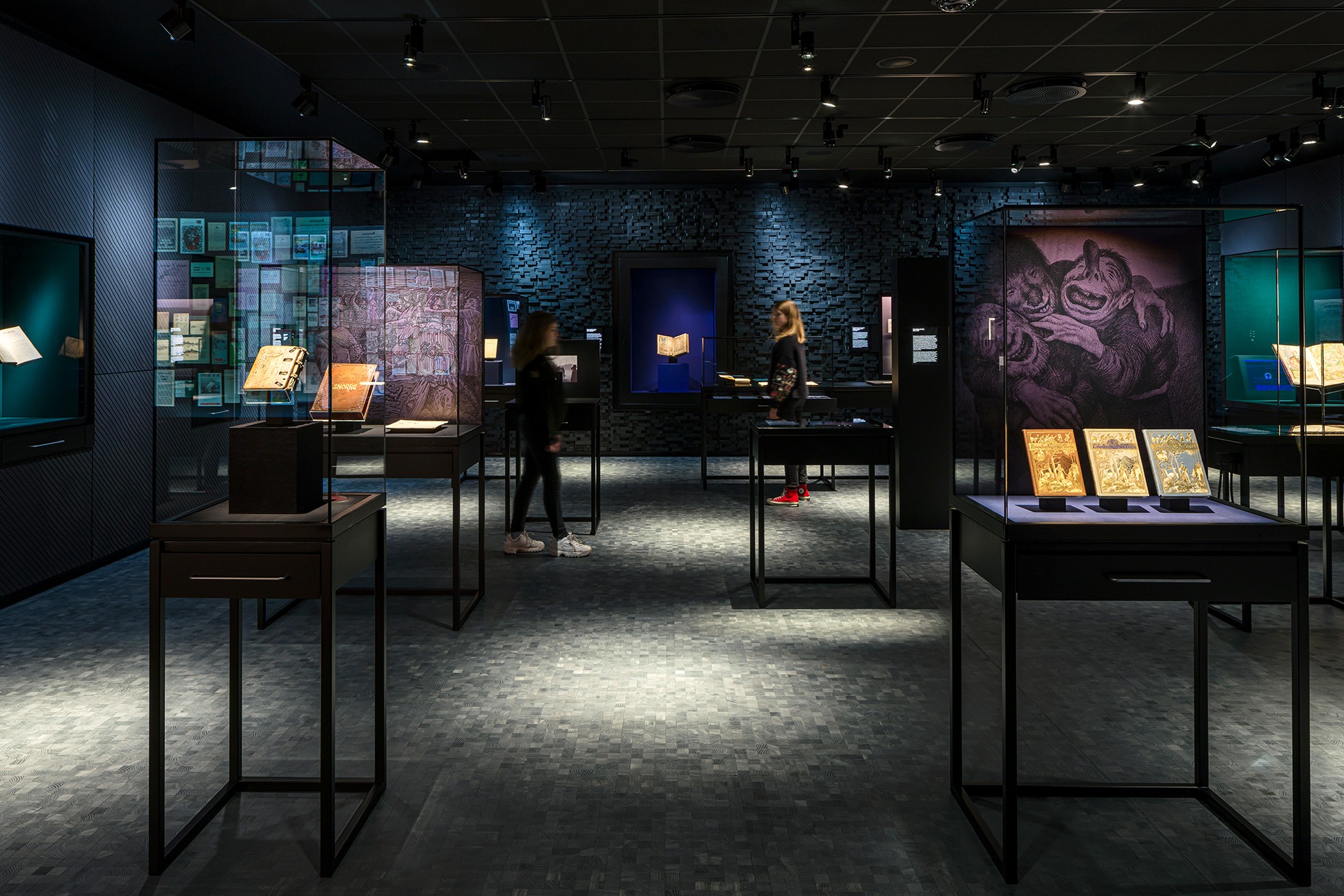Personal reflection on my Recent Exhibition
Reflecting on my recent exhibition on the history of Leith, especially my presentation of the Whaling Ship “Faith” model, I realize that I’ve made a concerted effort to align with sustainable and eco-conscious principles. This effort aligns with concepts from “A New Way to Make Things” and “Vibrant Matter: A Political Ecology of Things,” and it’s something I’m quite proud of.
Use of Recycled Materials:
In my display, I chose to use recycled materials like cardboard and previously used LED lights. This decision was rooted in the cradle-to-cradle concept, reducing waste and extending the lifecycle of these materials. I see this as a practical and responsible approach to resource efficiency in my work.
Creation of a Movable Box:
I designed a movable box for displaying the ship model. This wasn’t just for convenience; it was a deliberate choice to ensure ease of transportation and storage, maximizing the potential for reuse in future exhibitions. This aligns perfectly with my goal of sustainable design.
Applying ‘Vibrant Matter’ Principles:
My use of existing materials was influenced by the ideas in “Vibrant Matter: A Political Ecology of Things.” I aimed to contribute to a narrative where objects are seen as having ongoing potential and life beyond their initial use. It’s important to me that design is not just about creating new things but also about reimagining the use of what already exists.
Sustainability in Temporary Exhibitions:
The challenge with temporary exhibitions is their often short-lived nature. However, in this project, I ensured that the materials I used could be reused or recycled post-exhibition, setting a sustainable model for such events.
Future Projects and Sustainability:
While I’m satisfied with my efforts, I recognize there’s always more to learn and improve. In future projects, I’ll delve deeper into the complete lifecycle of materials, exploring options that are not only recycled but also recyclable or biodegradable.
I also see value in engaging visitors about my sustainable practices. It’s an opportunity to educate and inspire others to consider sustainability in design.
Personal Reflection:
This project has deepened my understanding and commitment to sustainable design. It has challenged me to think about how my work not only tells historical stories but also highlights the narrative of sustainability and responsible design.
Looking forward, I’m excited to explore new sustainable practices and continue incorporating these principles into my work. It’s a journey of both innovation and responsibility.
In conclusion, my work in the exhibition not only showcased an important piece of history but also underscored my dedication to sustainability. I believe that my approach serves as a testament to how temporary exhibitions can be both informative and environmentally conscious. As I evolve in my career, maintaining this focus on sustainability will be a key driver for my innovation and inspiration.